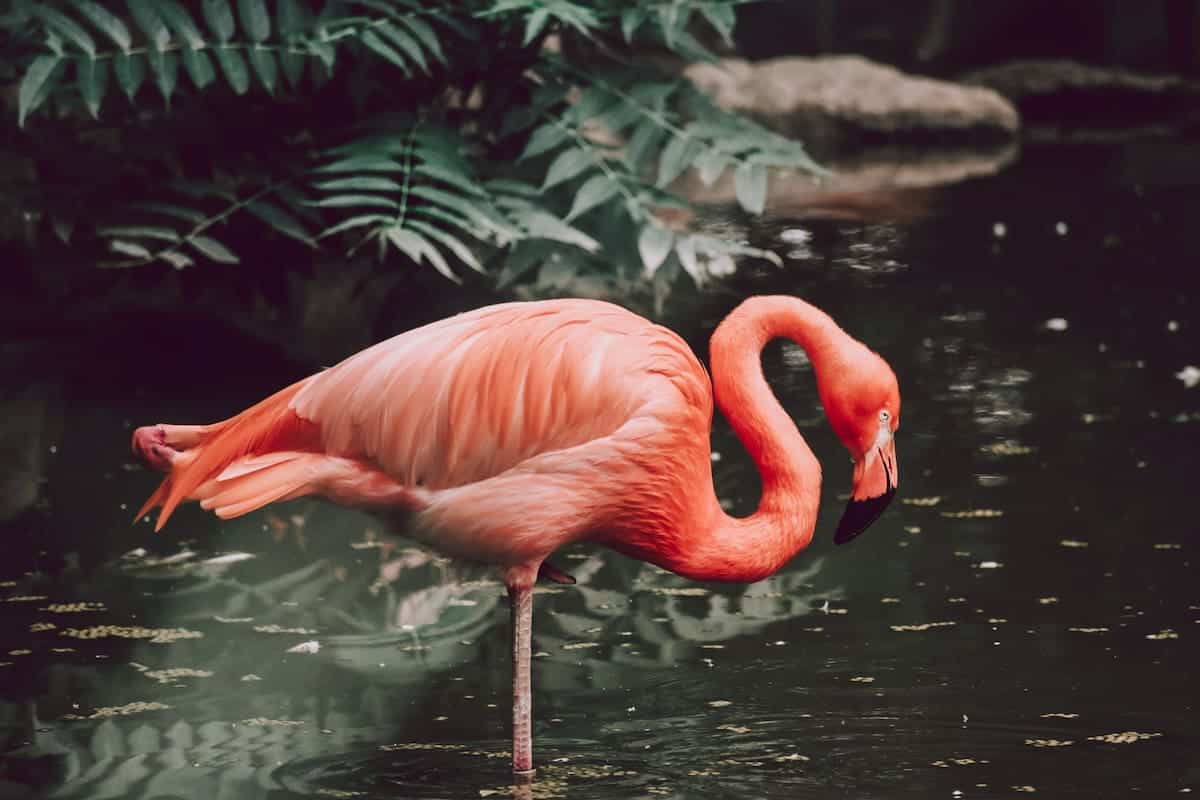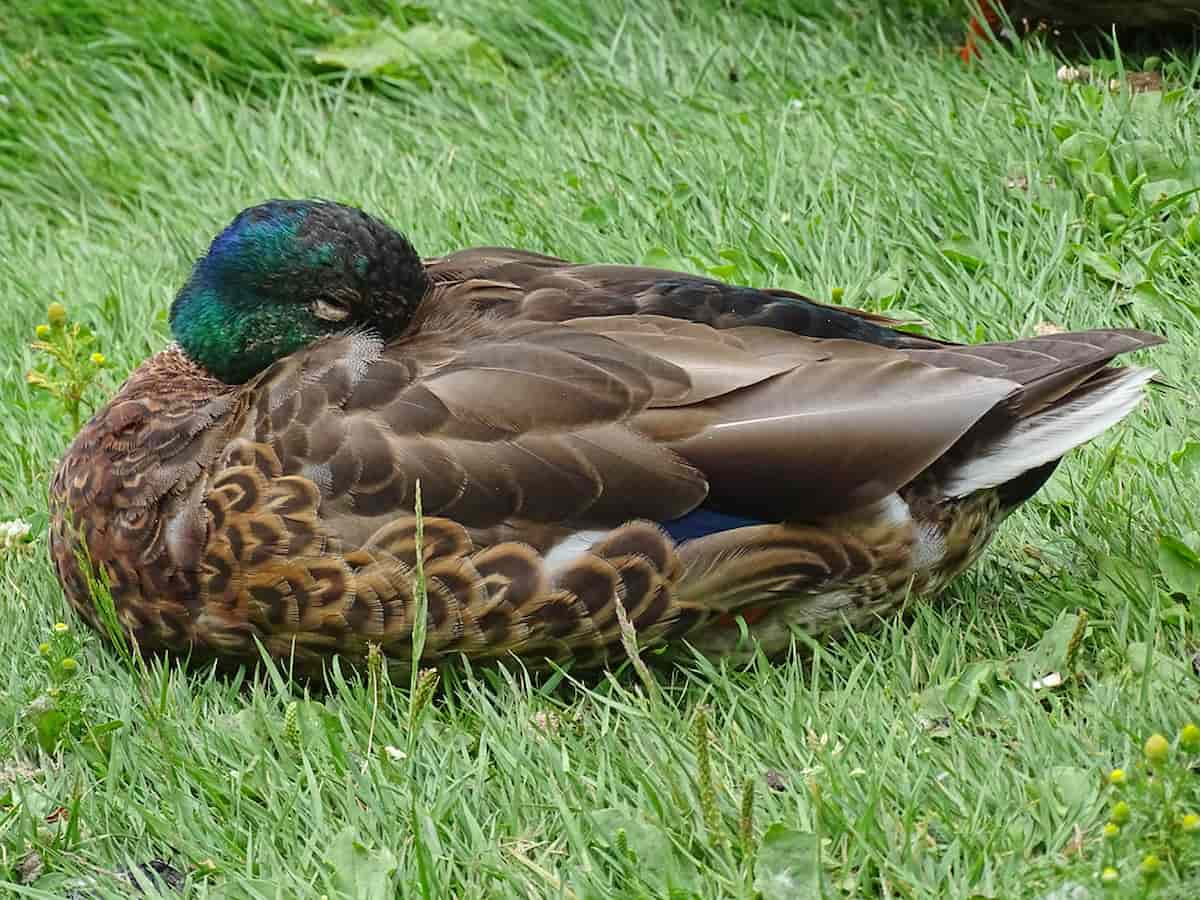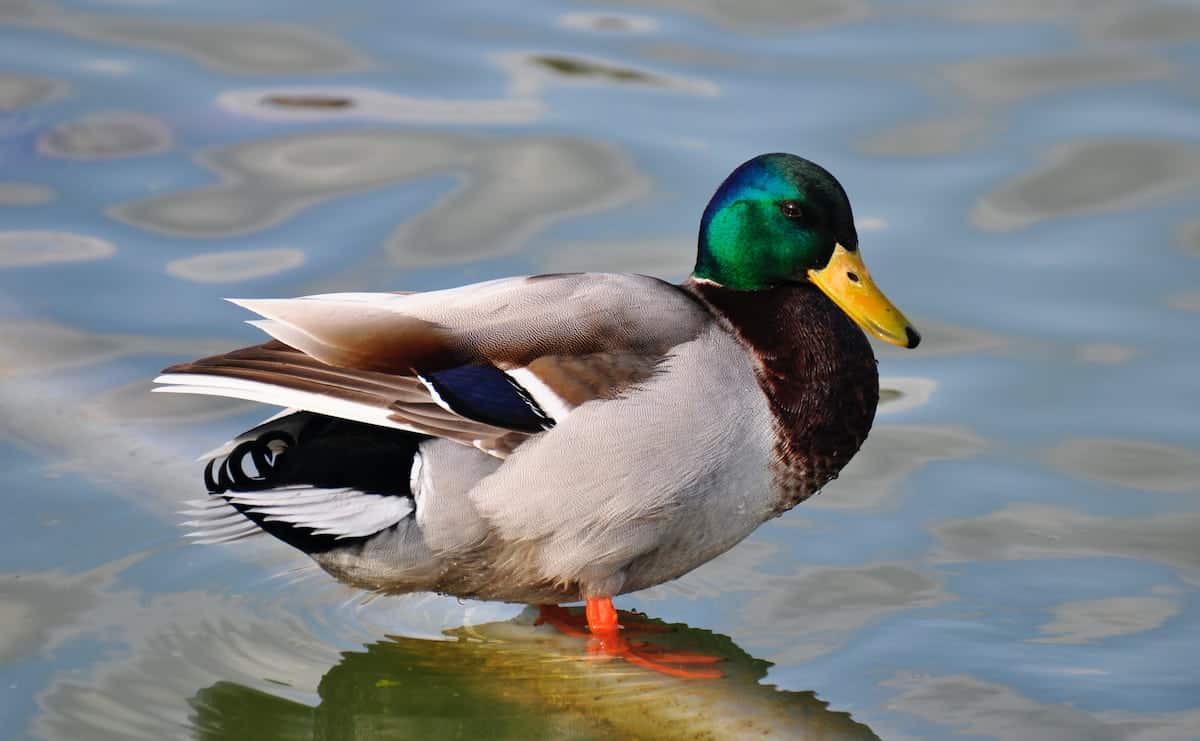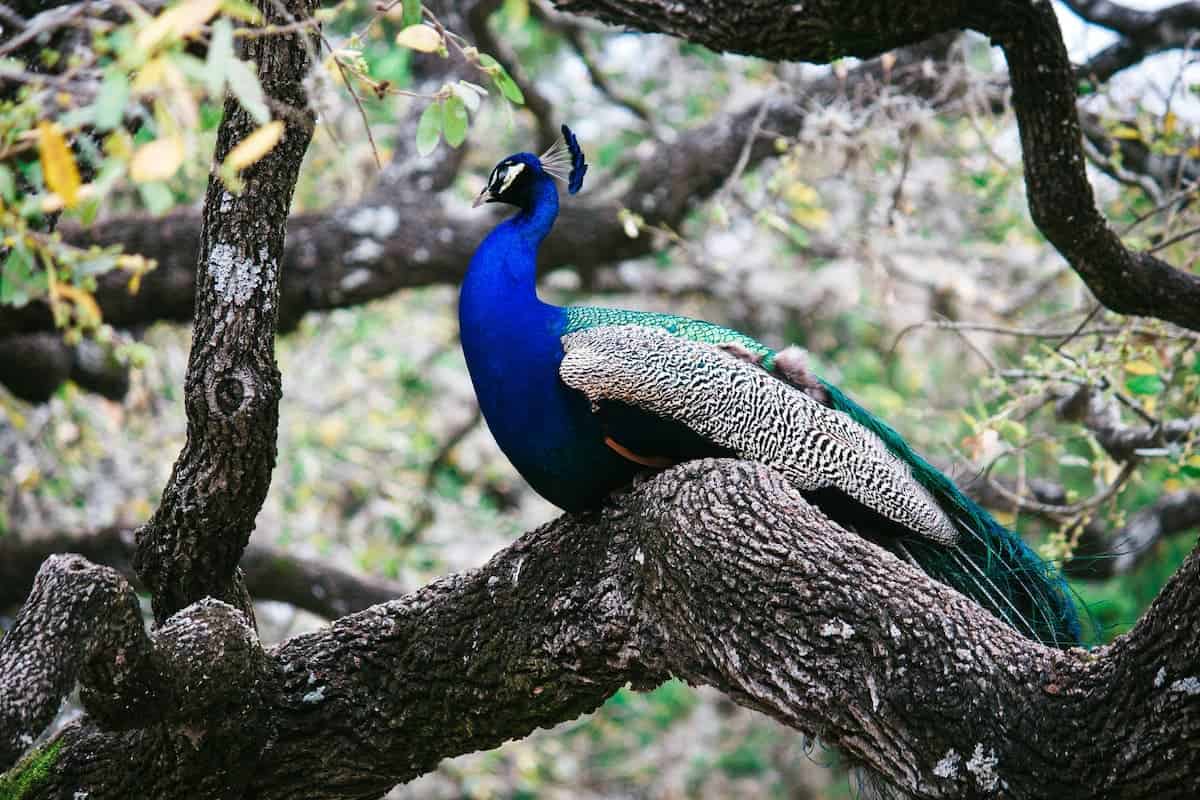Do you know why flamingos sleep on one leg? It’s actually a very beneficial position for them to be in! In this article, we will discuss the reasons why flamingos sleep on one leg, and how it helps them stay healthy and comfortable. We’ll also take a look at some of the other interesting things about these beautiful creatures’ sleep-standing habits. So if you’re curious to learn more, keep reading!
Why Do Flamingos Sleep on One Leg?
There is no one definitive answer as to why flamingos often sleep on one leg, but there are a few possible explanations. Some have suggested that sleeping in this position facilitates blood circulation in the body, allowing the bird to more easily regulate its body temperature while asleep.
Others have proposed that resting on one leg helps to keep the other leg warm, thereby conserving energy and preserving energy until it’s needed. Another possible theory is that the birds sleep on one leg to reduce their overall body weight, which helps them maintain their balance when standing in shallow water.
Generally speaking, it is thought that flamingos sleep on one leg simply because it’s most comfortable for them—just like how laying down is most comfortable for you.
How Can Flamingos Sleep on One Leg?
How can flamingos sleep on one leg? Flamingos are not the only animals that seem to defy gravity in this way—storks, herons, and ducks have all been observed standing on one leg for extended periods of time. While it may look like these animals are taking a break from the business of life, they are actually engaged in a very important process: sleep.
When animals sleep, their muscles relax and their body temperature drops. This allows them to conserve energy and heal from any injuries or illnesses. For animals that spend most of their time on land, this process is relatively simple. But for animals that spend most of their time in the water, such as flamingos, it is much more challenging.
To avoid drowning, they must be able to support their entire body weight on one leg. How exactly are they able to do this? It’s not such a mystery after all. Their bones are incredibly light but also strong, and their tendons are very flexible, but the way their legs are designed actually allows them to easily prop themselves up on one leg.
All they have to do is have one foot directly under the center of their body, and that leg joint locks into place. This gives them the ability to stand on one leg without toppling over.
How Does Sleeping on One Leg Benefit the Flamingo?
One of the most unique aspects of flamingos is their sleeping posture. While we typically sleep on our backs, legs splayed out in all directions, flamingos have evolved to rest on one leg.
It may seem strange, but there are several benefits associated with this unusual sleeping posture. For one thing, resting on a single leg helps to balance the body and protect against injury.
This is especially important for larger birds such as flamingos that often engage in aerial acrobatics and powerful wing flaps. In addition, holding just one leg up off the ground allows blood to circulate through the other limbs, increasing oxygen delivery and energy efficiency.
Standing or sleeping on one leg helps to regulate body temperature, which is important because they spend most of their time in the water. Perhaps most importantly, sleeping on one leg allows the flamingo to quickly escape if threatened by a predator in the water. Ultimately, then, it seems that sleeping on one leg gives flamingos an edge in the highly competitive world of foraging for fish that remains striking even today.
How Long Can Flamingos Sleep on One Leg?
The answer to this question depends on a number of factors, including the time of year and the specific environment in which the flamingos are located. In general, most flamingos have been observed sleeping with one leg tucked up under their body for periods ranging from several minutes to several hours at a time.
As you can imagine, the sleep habits of large birds depend largely upon food availability and their sense of safety in a given environment. So while there is no definitive answer to this question, it seems clear that flamingos can sleep on one leg for an impressive amount of time when necessary. In fact, one study discovered that flamingos spend the majority of their time standing—whether on one leg or two—and only sit down one time per week on average.
Do Flamingos Always Sleep on the Same Leg?
This question can be difficult to answer, as closely observing the patterns of flamingos amongst a flamboyance can be challenging. However, most scientific studies agree that flamingos generally spend an equal amount of time on each leg.
This makes a lot of sense because, as we’ve already discussed, sleeping on one leg can be quite tiring. In addition, flamingos have been observed switching legs frequently during long bouts of standing or sleeping. It is thought that this helps to evenly distribute their body weight and avoid muscle fatigue.
Sleeping on One Leg Is Physiologically Easier
Flamingos are truly remarkable birds. The reason for their unusual sleeping position is physiological: according to researchers, keeping one leg elevated makes it easier for flamingos to fall into and maintain deep sleep, as it’s the best way to keep themselves balanced and stable.
This is because many of their key muscles are able to relax more fully in a single-leg position, thus allowing them to relax. So if you ever get a chance to watch a flamboyance of sleeping flamingos, be sure not to miss this unusual display of their unique capabilities!
Conclusion
All in all, it seems that there are many benefits associated with a flamingo’s unique way of sleeping. While it may look strange to us, this posture actually allows them to better regulate their body temperature, increase blood circulation, and escape predators quickly. So the next time you see a flamingo resting on one leg, remember that they’re not just being lazy—they’re engaging in an important survival strategy.





